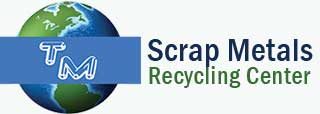Metal Recycling Center in Los Angeles
Scrap Metal Buyers
Top scrap metal prices paid for copper, brass, stainless steel, aluminum wires, aluminum cans, plastic & glass bottles, and more. Our goal is to reduce waste and make the world greener. We believe in being environmental friendly, and try to take steps towards an eco-friendly world. Making the right recycling decisions now shapes a better future: a future with fresh air, clean water, and healthy inhabitants – both human and otherwise.
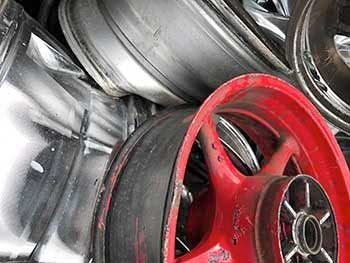
Aluminum Recycling
• Aluminum Clips & Solids
• Aluminum Borings & Turnings
• Extruded Aluminum
• Painted Aluminum
• Cast Aluminum
• Aluminum Litho Plates
• Aluminum Wheels, Aluminum Radiators
• Aluminum Food & Beverage Containers
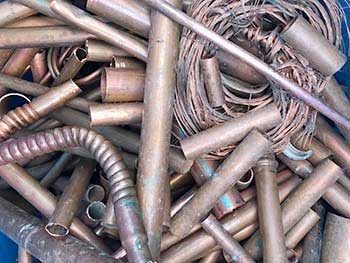
Copper Recycling
• Stripped Wire
• Burnt Wire
• Tubings
• Sheets & Plates
• Turnings/Chips
• Radiators
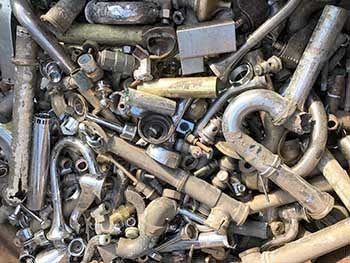
Brass Recycling
• Yellow Brass
• Plumbing Brass
• Red Brass
• Foundry Brass
• Brass Clips
• Refinery Brass Turnings
• Brass Radiators
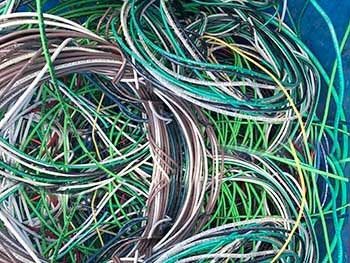
Insulated Wire Recycling
• Power Cable
• House Wire
• Communication Wire
• Romex, Computer Wire
• C.A.T.V. Cable, Insulated Aluminum Wire
• Insulated Lead Wire
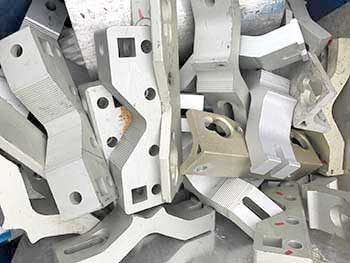
Recycling Items
Batteries, Breakage, Die Cast, Electric Motors, Electronic Scrap, Lead, Steel, Cast Iron, Print Litho Plates, Computer Scrap, Tool Steels, Plastic bottles, Glass bottles
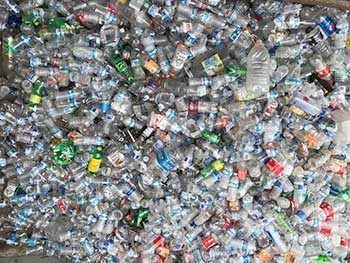
Other Items
Scrap Metal, Plastic Scrap, Aluminum Scrap, Scrap Steel, Scrap Copper, Scrap Wheels, Scrap Wire, Scrap Radiators, Scrap Brass, Scrap Stainless Steel, Scrap Glass Bottles.
Mobile Recycling Service
Scrap Metal Recyling
TM Scrap Metals offers a mobile recycle service. We pick up the scrap materials from your work site and recycle all of them. We are doing mobile recycling to make things easy for you! You just need to call us and our team of professionals will be at your job site.
Local Recycling Center Freeway Close
Our metal recycling Burbank truly is freeway close to all of Southern California. Looking for a Los Angeles recycling center that comes to you? TM Scrap Metals mobile recycling is only a phone call away.
Areas serviced: Los Angeles, Palos Verdes, Rolling Hills, Santa Monica, Sherman Oaks, Chatsworth, Westwood, Simi Valley, Encino, Hollywood, Agoura Hills, Monrovia, Beverly Hills, Brentwood, Bradbury, Burbank, Calabasas, Camarillo, Downtown LA, Encino, Glendale, Granada Hills, Hollywood, La Canada, Downtown Los Angeles, Long Beach, Malibu, Woodland hills, Pacific Palisades, Thousand Oaks. Agoura Hills, Bel Air, Beverly Hills Rodeo Drive, Brentwood, Calabasas, Camarillo, Chatsworth, Downtown LA, Altadena, Alhambra, Acton, Pasadena, Sherman Oaks, Burbank, Stevenson Ranch, Reseda, Westwood, Simi Valley, Tarzana, West Hollywood
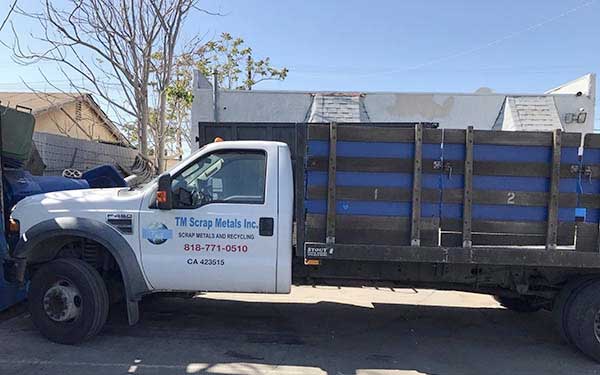
Our services include: copper wire recycling, aluminum recycling, scrap metal recycling both on-site and using our mobile recycling option. Please call with any questions!
For over a decade we have been dedicated to reclaiming and reusing the metals already in use in our communities. Everything has a useful lifespan. Eventually those things we use wear out, stop working, break or in some other way become unusable. Our instinct in this immediate gratification world we live in is to toss it in the trash, but we know now that’s counterproductive.
We’re all familiar with the aluminum can and know that it can be recycled over and over, ad infinitum. Cities and communities make it easy for us to recycle these items and we’ve learned to do so over the last several decades. We know it helps the environment by delaying the need to mine new sources of metals as well as keeping things our of our landfills. However, when you add a recycling center like TM Scrap Metals into the equation you can not only do good but make money as well.
The demand for so-called “secondary metals” is high and manufacturers need a steady supply to keep making the things we use. TM Scrap Metals provides a location where you can bring your scrap and walk away with money in your pocket. It truly is a situation where each party wins: you, us, and all those manufacturers.
For smaller amounts of metals you can simply drop them by our recycling facility and get paid. For larger amounts (for example, scrap left over after construction or demolition) we can actually come to you and pick it up.
We feel we are Los Angeles’ best metal recycling center and we try to prove it every day by providing excellent service and great prices for the metals you bring to us. If you’ve never tried scrapping, let us be your first choice and every choice when you want to get paid for your scrap. Call us today!
